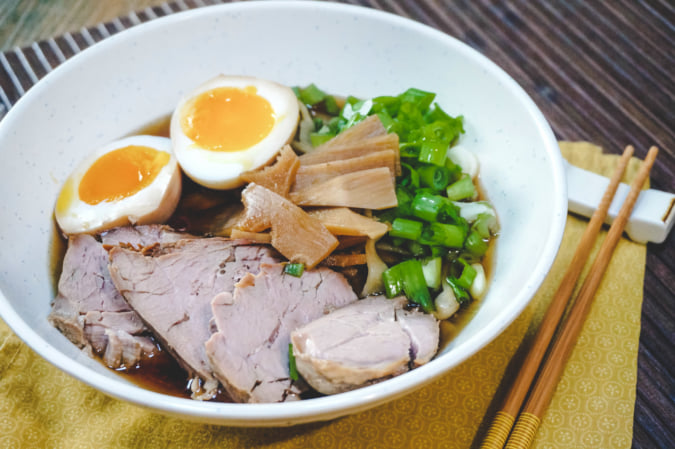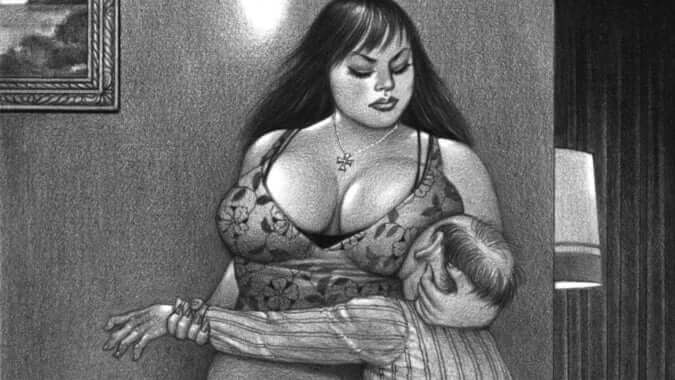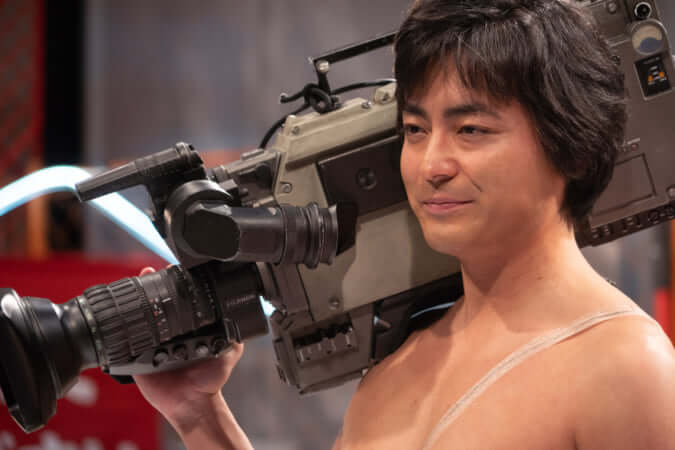Tomoko Kawao Dances in Ink
The artist, holding a huge ink-soaked brush, reinvents the art of calligraphy through dance, striving to save it from extinction.
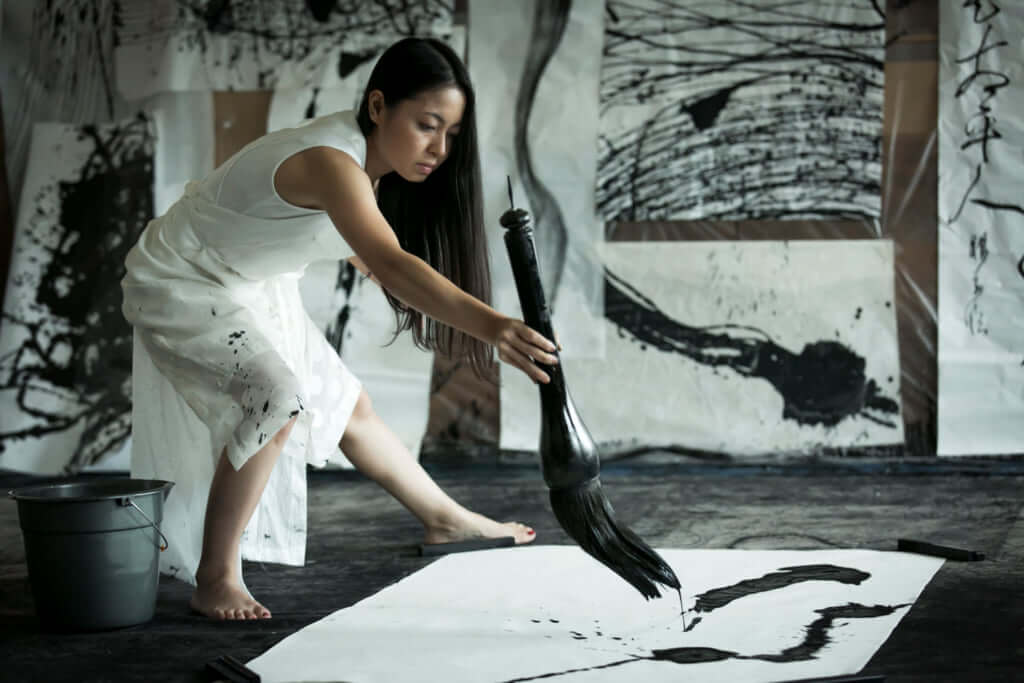
©Tomoko Kawao
Sat back on her heels, Tomoko Kawao has a meditative air about her. In a few seconds’ time, the young woman will break into a form of choreography called Shodo, taken from the name of the art of calligraphy in Japanese.
Silently, she bows to the canvas, which is several square metres in size, picks up a brush (of equally extraordinary dimensions), dips it in a well of ink and lets the excess flow off ceremoniously. Suddenly, she rushes forward and runs the brush over the gigantic canvas, stops, her body fully extended, as the brush fibres drip ink onto the canvas, before returning to the source and, having recharged her ammunition, starting the process again.
From sign to movement
Originating from China before becoming popular in Japan at the start of the Showa era (1926-1989), shodo has never stopped evolving. The contemporary form of Japanese calligraphy created by the artist seeks to express the beauty of the sign: its lines, its points, and the space between the two where the brush creates vibrations in the air.
Tomoko Kawao began learning her craft at the age of six. After winning numerous awards both in Japan and overseas, she now gets involved in projects as varied as creating signs for train stations and temples, as well as creating alcohol bottle labels. The artist fights for shodo to be seen as an accessible activity as opposed to a serious, austere discipline, even if it is one that is loaded with symbolism. As Kawao explains in a video from Is Japan Cool?, ‘once the brush is on the paper, there’s no going back.’ In this sense, shodo is not dissimilar to life itself: its beauty lies not so much in the result, but rather in the choreography.
Tomoko Kawao’s creations can be viewed on her website and on her Instagram account.
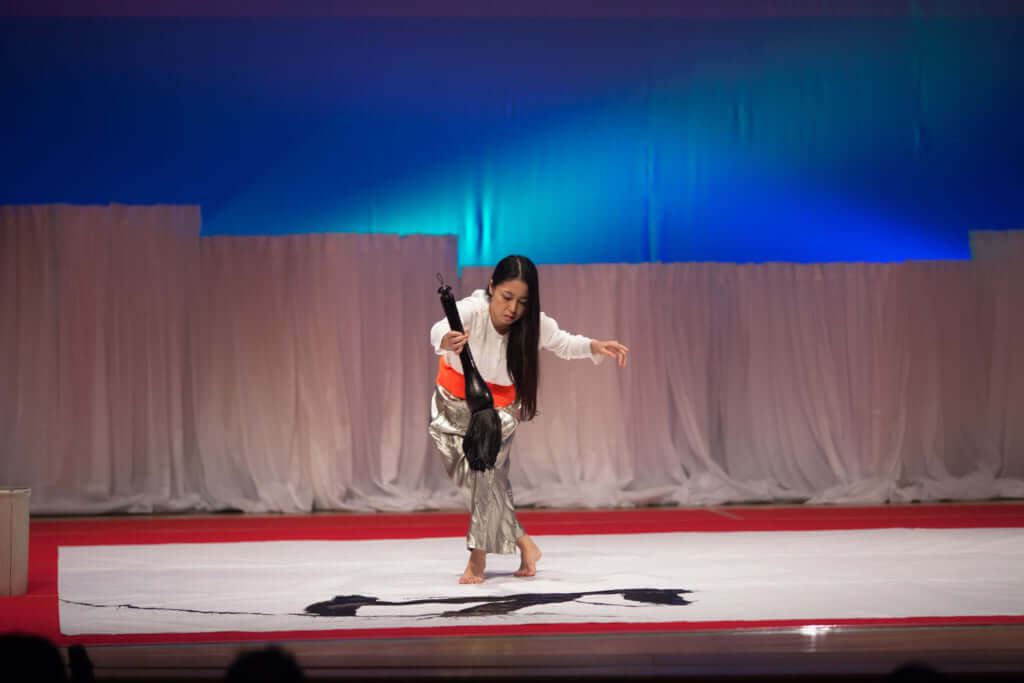
©Tomoko Kawao
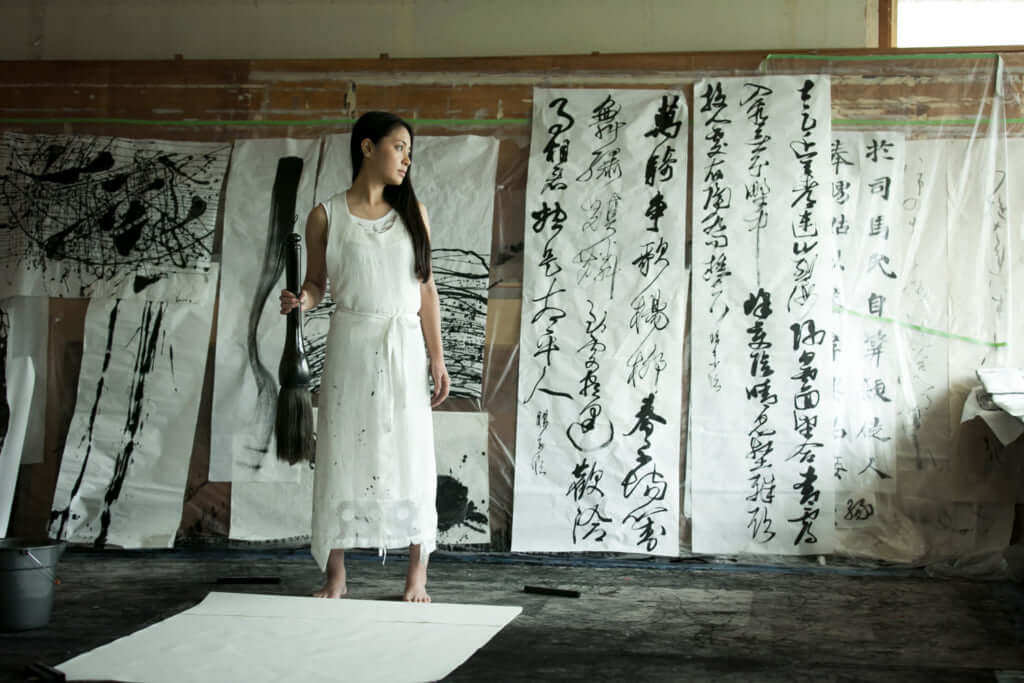
©Tomoko Kawao
©Tomoko Kawao
TRENDING
-
Ishiuchi Miyako, A Singular Perspective on Women
Recipient of the 2024 Women in Motion Award, the photographer creates intimate portraits of women through the objects they left behind.

-
Recipe for Ichiraku Ramen from ‘Naruto’ by Danielle Baghernejad
Taken from the popular manga with the character of the same name who loves ramen, this dish is named after the hero's favourite restaurant.

-
Namio Harukawa, Master of Japanese SM Art
'Garden of Domina' offers a dive into the world of an icon of ‘oshiri’, whose work has now reached a global audience.

-
The Tattoos that Marked the Criminals of the Edo Period
Traditional tattoos were strong signifiers; murderers had head tattoos, while theft might result in an arm tattoo.

-
The Emperor of Japanese Porn is Now the Star of a Netflix Series
Deliciously funny, The Naked Director especially succeeds in reviving the atmosphere that was so characteristic of 1980s Japan.


